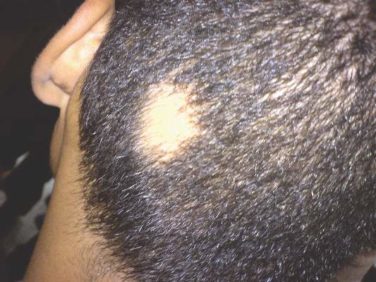Fecal incontinence is a devastating and isolating condition. Sales of adult diapers are a $7 billion global market and the fastest-growing household products business. Which is where a lot of our patients with this condition remain – at home.
Fecal incontinence (FI) is a condition characterized by continuous or recurrent uncontrolled passage of fecal material. The prevalence may be as high as 15%. Risk factors include physical disabilities, dementia, diabetes, urinary incontinence, chronic diarrhea, and multiparity. One-third of patients will talk to us about it. Which for some of us may be suitable, given our inability to offer good treatments.
If patients do mention it, evaluation involves taking a good history. We need to differentiate incontinence from fecal urgency and frequency. Anorectal examination should look for a bilateral anal wink (absence suggests nerve damage). Some form of endoscopic examination should be performed in most patients. Further evaluation/referral will be based upon findings.
Treatment includes improving stool consistency (e.g., fiber for loose stool) and reducing frequency (e.g., loperamide for diarrhea), and this is generally where I start. Hyoscyamine may be helpful for post-meal leakage. Scheduled defecation and amitriptyline may be of benefit to some patients.
Dr. Henri Damon of Hospices Civils de Lyon, France, and his colleagues conducted a multicenter study of perineal retraining for FI ( Dig. Liver Dis. 2014;46:237-42 ). The intervention included perineal retraining and biofeedback. The protocol was based upon 20 sessions of 30 minutes performed within a 4-month period. The intervention was standardized. Eighty patients were included in the control group, with 77 in the biofeedback group.
The success rate was significantly higher in the biofeedback group (57% vs. 37%; P < .021). Stool frequency, leakage, and urgency significantly decreased. Perineal retraining was significantly associated with a higher chance of self-rated improvement.
The take-home message is that perineal retraining is an effective component of FI treatment. Combining it with improved perianal skin hygiene, bowel habit ritualization, and the addition of fiber as a bulking agent and loperamide for diarrhea offers the greatest hope for patients suffering from this challenging condition.
Our job is to figure out where and how our patients can access the level of expertise needed to do the training.
Dr. Ebbert is professor of medicine, a general internist at the Mayo Clinic in Rochester, Minn., and a diplomate of the American Board of Addiction Medicine. The opinions expressed are those of the author. The opinions expressed in this article should not be used to diagnose or treat any medical condition, nor should they be used as a substitute for medical advice from a qualified, board-certified practicing clinician.




